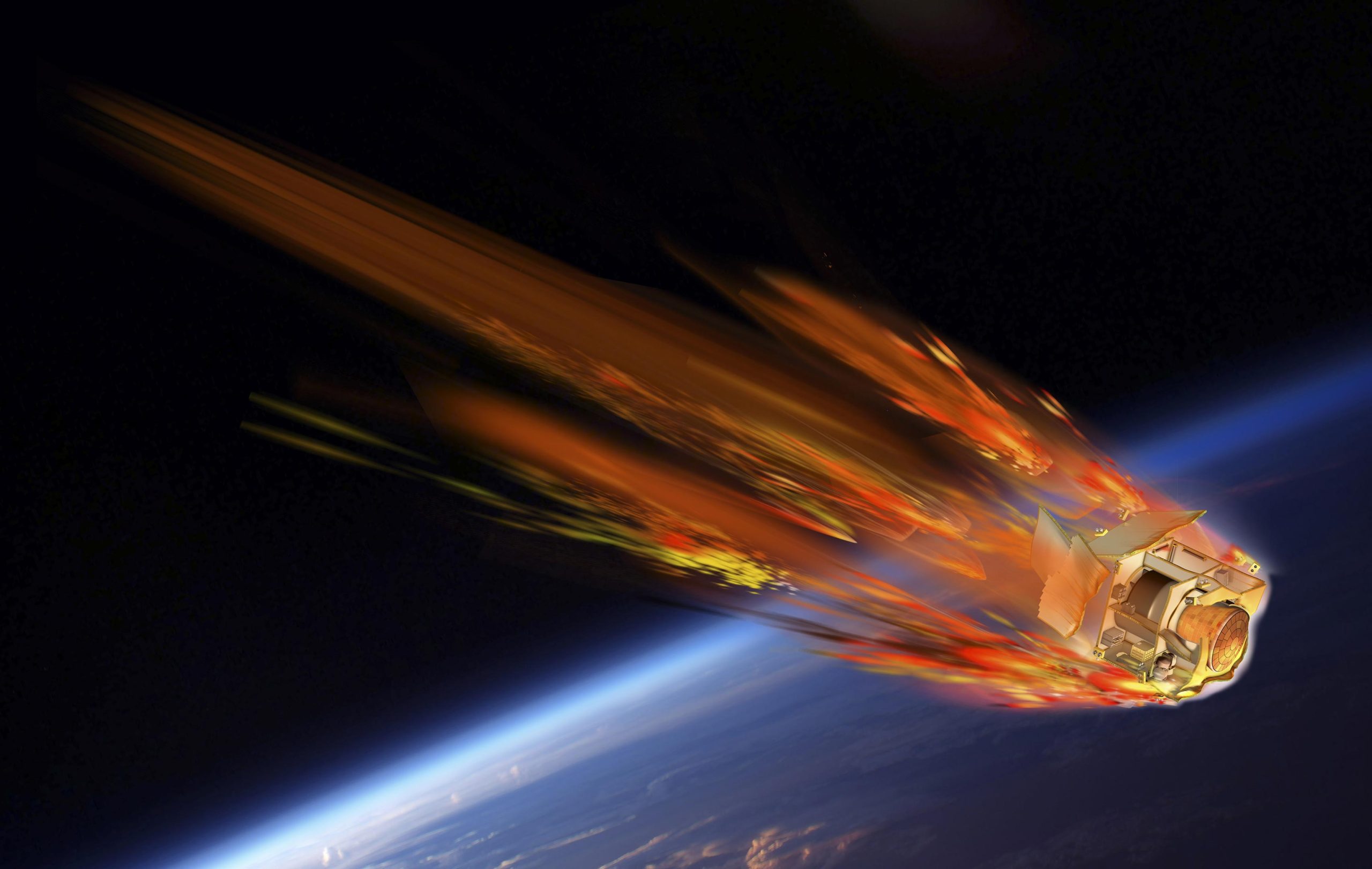
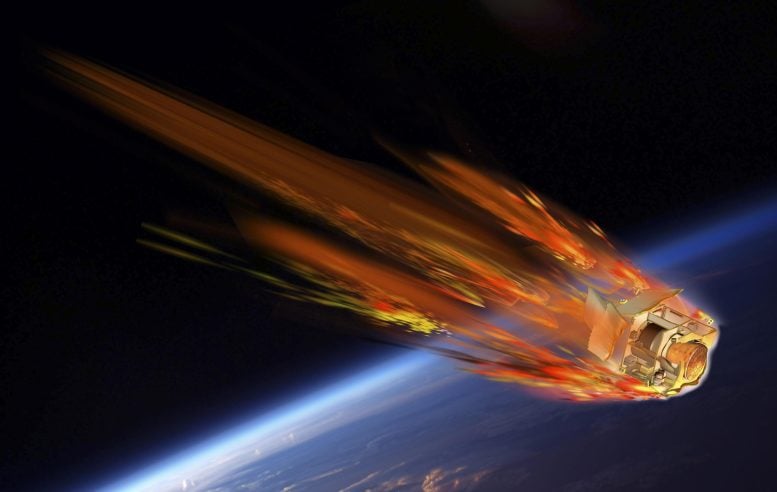
For nearly seven decades, satellites have been reentering the atmosphere, but the specifics of their fiery demise remain largely unexplored.
ESA’s Draco mission, set for a 2027 launch, aims to change this by directly collecting data during a satellite’s reentry using an indestructible pod equipped with sensors and cameras.
Over the nearly 70 years of spaceflight, about 10,000 intact satellites and rocket bodies have reentered the atmosphere with many more to follow. Yet for such a ubiquitous event, we still lack a clear view on what actually happens to a satellite during its fiery last moments.
ESA is preparing the Destructive Reentry Assessment Container Object (Draco) mission that will collect unique measurements during an actual reentry and breakup of a satellite from the inside. A capsule specially designed to survive the destruction will transmit the valuable telemetry shortly after.
Deimos has signed a first contract worth €3 million for the start of the development of the satellite. The Draco mission is a small and fast design-to-launch Space Safety mission, with the launch scheduled for 2027.
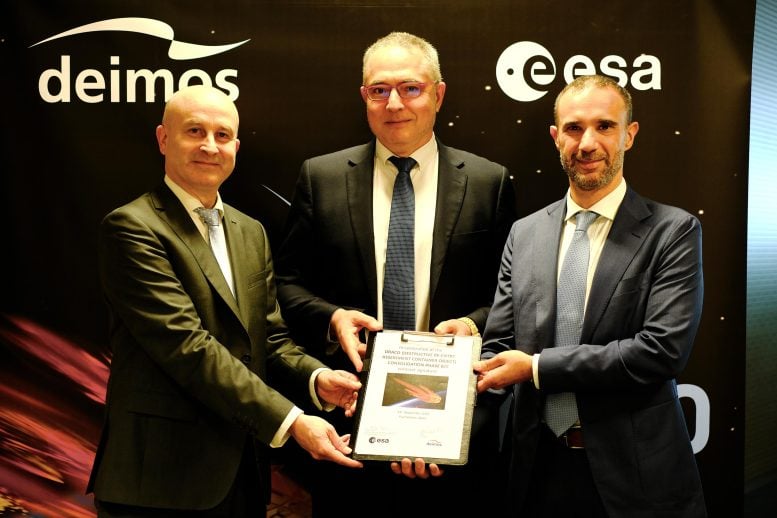
Reentries Prevent Space Debris
To keep Earth’s valuable orbits clean and prevent the creation of more space debris, it is important to remove a satellite quickly from orbit after its mission comes to an end. ESA is committed to its ambitious Zero Debris approach, stopping the further creation of space debris by 2030.
Satellites can be built for controlled reentries, or with extra effort some may go through assisted reentries or targeted reentries. Yet it is more efficient to meet Space Debris Mitigation Guidelines by being ‘designed for demise’ from the start and disintegrating entirely during reentry.
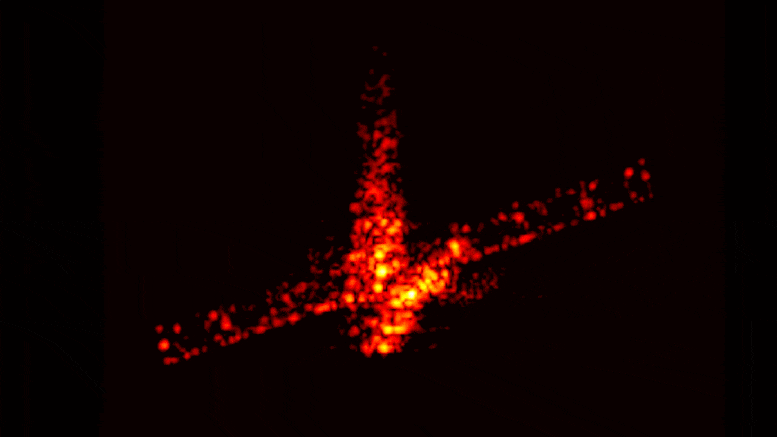
Reentry Science and Sustainability
“Reentry science is an essential element of the design for demise efforts. We need to gain more insight into what happens when satellites burn up in the atmosphere as well as validate our re-entry models,” says Holger Krag, ESA Head of Space Safety.
“That’s why the unique data collected by Draco will help guide the development of new technologies to build more demisable satellites by 2030.”
Another important element of reentries is their effect on the atmosphere itself, a field of research growing in importance as the number of both launches and reentries rise rapidly. Studying how parts and particles of the spacecraft materials wear and tear off in the higher atmosphere can provide insights into which by-products are created and where. This enables scientists to learn about the environmental impacts, which in turn leads to more sustainable designs in the future.
Challenges in Satellite Reentry Research
“Even if it’s hard to get data from a satellite throughout its destruction, it is currently impossible to recreate the exact circumstances on the ground. We can use experimentation to test various materials and elements of a spacecraft in wind tunnels at a limited scale,” says Stijn Lemmens, Draco project manager in the ESA Space Debris Office.
“But it’s not yet possible to faithfully mimic the incredible velocity, amount of force of real, and motions of an uncontrolled reentry. For more comprehensive imitations, virtual modeling is a great tool that can handle any extremities, but it does need calibration and data sets to be built on.”
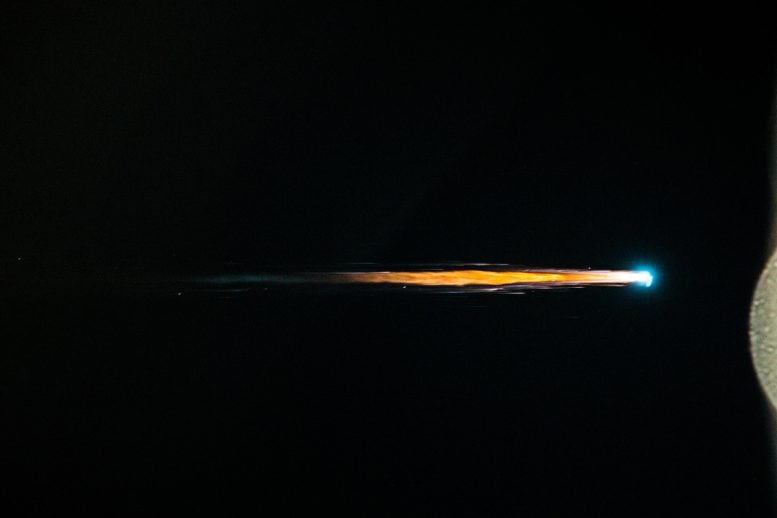
The Draco Satellite’s Unique Design
To collect the unique new data set, a destructible satellite with an indestructible pod on board for in situ observations has to be built, bringing its own challenges.
“Draco needs to be an average low-Earth orbit spacecraft to make it a representative reentry, and then we equip it with sensors and cameras capable that should be sturdy enough that they can collect data as long as possible as the satellite around them burns up,” explains Stijn.
“Its indestructible capsule on the other hand must be able to withstand the forces of the reentry, as well as being capable of protecting a computer system throughout the violent destruction process while still connected to the sensors, the cabling spreading out from it like an octopus.”
The High Stakes of the Draco Mission
Once before, in 2013, ESA attempted to watch a reentry from inside a spacecraft with a camera mounted within an Automated Transfer Vehicle (ATV), an ISS cargo ferry. The Draco mission aims to collect a far more comprehensive data set.
In contrast to previous experiments, Draco’s sensors will be measuring temperatures, gauging the strain on the various parts of the satellite itself, and register the surrounding pressure. Four additional cameras will be pointing at the spacecraft to watch the destruction and collect contextual information.
A Closer Look at the Draco Mission’s Execution
The final Draco satellite, weighing about 200 kg (440 pounds) at the size of a washing machine, will not have a propulsion system nor connected navigation and communication systems as it won’t be directly controlled. Most reentries are uncontrolled, the satellites remaining passive as the atmosphere tightens its grip, and Draco’s aim is to mimic an average reentry as much as possible.
Instead, Draco will leverage the steering capabilities of the rocket it is launched with to line itself up for a swift reentry. The baseline is that after a flight of no more than 12 hours, during which it reaches a maximum altitude of no more than 1000 km (~620 miles), Draco will reenter over an ocean uninhabited area, its 200 sensors and 4 cameras recording the fiery demise and storing the result safely in the capsule.
Mission’s End and Future Implications
After the satellite has burned up, it will face its next hurdle. The 40 cm (16 inch) capsule might be spinning and tumbling very fast, yet it needs to be able to release a parachute no matter its initial orientation and speed.
Once the parachute is deployed, the capsule will come down more gently, allowing it to connect to a geostationary satellite above to transmit the collected data. There will be about a 20-minute window to send the telemetry before it splashes down into the ocean, ending the mission.
“Draco is an exciting mission that will shine a light on many of the unknowns during satellite reentries. The irony is that the development of its spacecraft and capsule would benefit most of all from the data it will collect,” says Tim Flohrer, Head of Space Debris Office at ESA.
“Draco will get us out of the chicken-and-egg loop and create a different data set to calibrate our systems and models, and will advance the implementation of zero-debris technologies in the near future.”